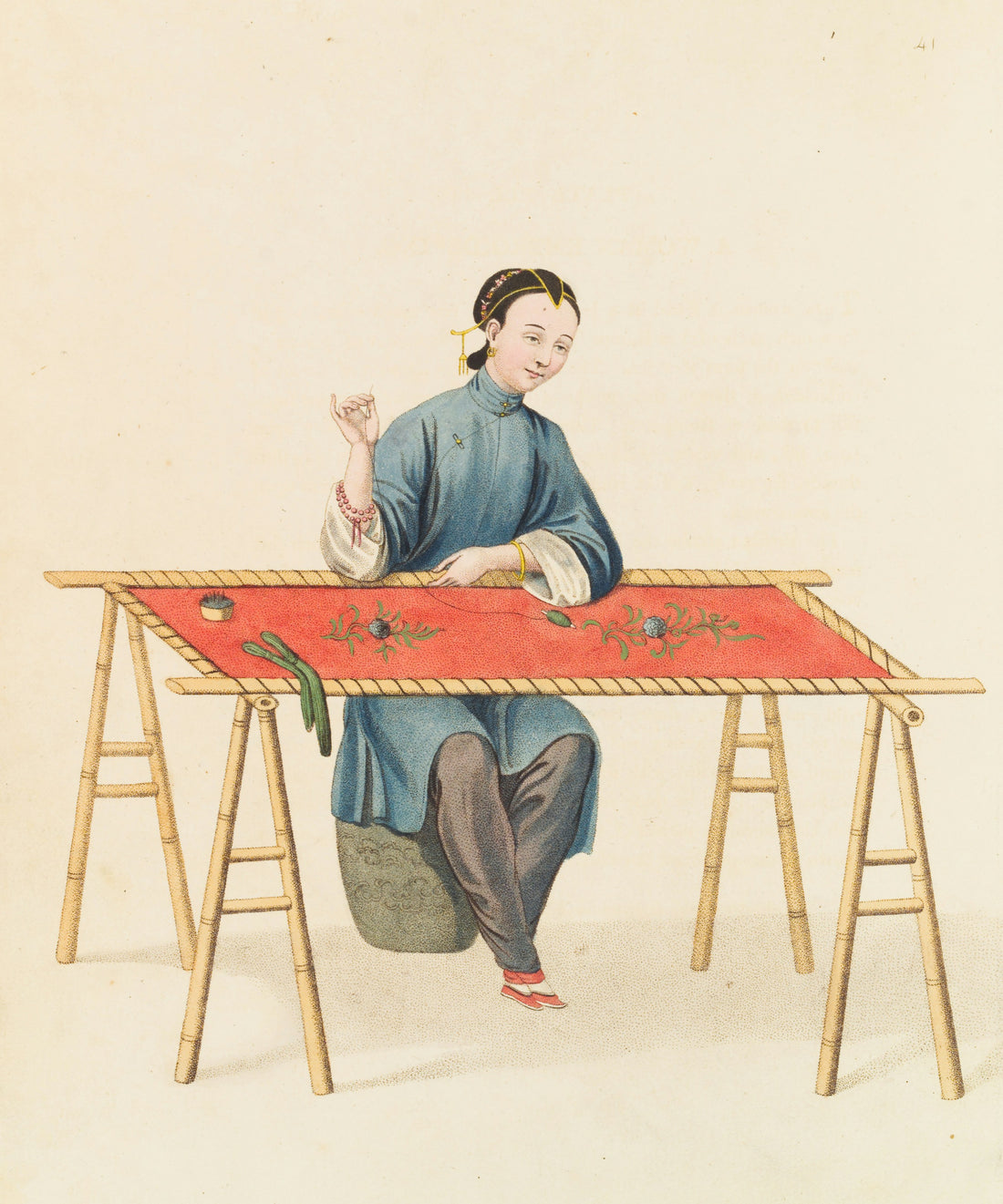
The Most Fascinating Facts About the Art of Embroidery
Atmane BoukaiaShare
Embroidery is an ancient art form that has been practiced for centuries, dating back to the Iron Age. It involves decorating fabric or other materials with needle and thread, creating intricate designs and patterns. The history of embroidery is rich and diverse, with different cultures around the world developing their own unique styles and techniques.
Origins of Embroidery
The exact origins of embroidery are difficult to pinpoint, but evidence of early embroidery has been found in ancient Egypt, China, India, and Persia. In these early civilizations, embroidery was used to adorn clothing, accessories, and household items, often as a symbol of wealth and status.
Medieval Europe and the Renaissance
During the Middle Ages, embroidery flourished in Europe, with skilled artisans creating elaborate designs for royalty and the church. The Renaissance period saw a revival of interest in embroidery, with new techniques and styles emerging. Embroidery became a popular pastime for noblewomen, who would spend hours creating intricate designs.
Colonial America and Beyond
In colonial America, embroidery was an important skill for women, who would use it to embellish clothing and household items. As the industrial revolution took hold, embroidery machines were developed, making it easier to mass-produce embroidered goods. Despite this, hand embroidery remains a popular craft today, with many people enjoying the meditative and creative process.
Throughout history, embroidery has evolved and adapted to changing trends and technologies. Today, it continues to be a beloved art form, with artists and designers pushing the boundaries of what is possible with needle and thread.